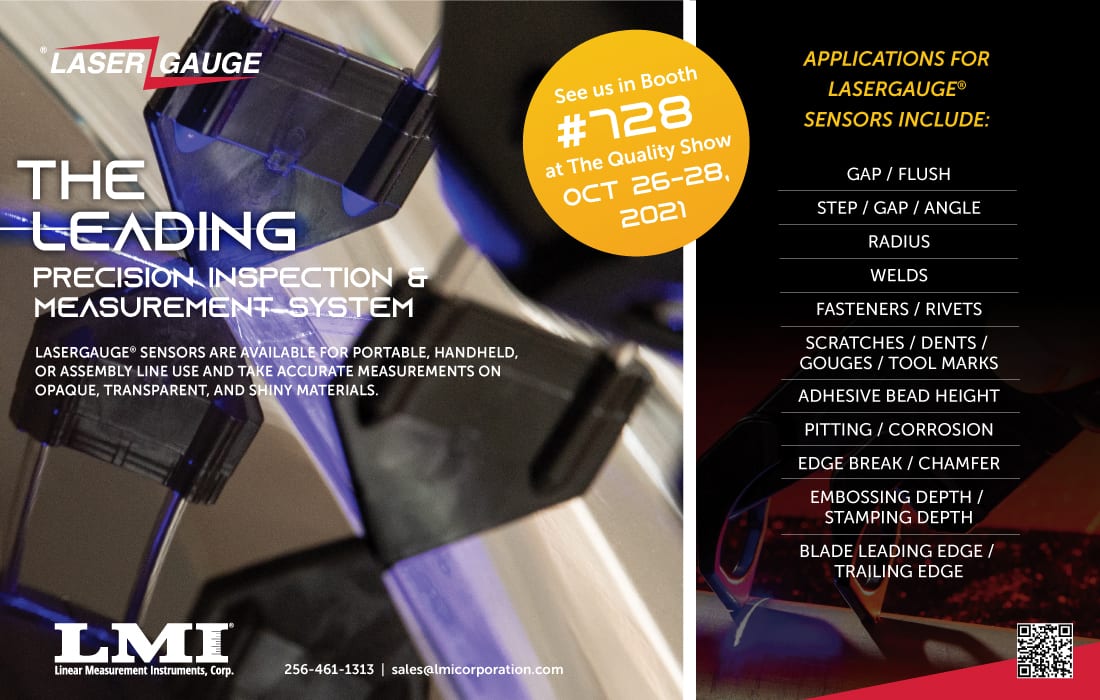Other Dimensions
Hill Cox
Other Dimensions | Hill Cox
Not all parties to a dispute understand the importance of uncertainty budgets.
Settling Measurement Disputes

Settling measurement disputes should be an easy matter since they are all about numbers, but unfortunately it doesn’t work out that way. One party swears their numbers are more precise than the other party’s numbers so there’s nothing to argue about. While that may appear to be the case, it is not always so and too often the party making that claim can’t back it up with anything other than the fact they used an expensive device that reads to millionths compared to the other party’s less than spectacular measuring device.
One attempt at proving their expensive device is better brings forth claims that it can repeat its readings to a very fine degree but, as every dimensional metrologist will tell you, repeatability is an important characteristic, but it is not a reliable indicator of the device’s precision. The same applies to resolution. The fact that the device can be read to a very small amount is not an indicator of how precise it is.
Instrument makers are aware of these facts of life and some actually give values in their literature to advise potential users of performance. For example, I opened a supplier catalogue at random and ended up in their section on laser-based devices. On one model, it showed selectable resolution to as little as two millionths of an inch, repeatability at 30 and linearity at 100.
All of this becomes academic when you consider that a variety of other factors are part of the measurement process that directly affect how precise a given measurement will be. So, the question becomes: How do you process all of these factors to come up with a number you can rely on? The answer is a measurement uncertainty budget.
How do you process all of these factors to come up with a number you can rely on? The answer is a measurement uncertainty budget.
An uncertainty budget takes into account all of the factors involved in a measurement such as instrument calibration, temperature, etc. and computes them to a common denominator so you can see what the effects of the major factors are and arrives at an overall value for uncertainty for the process.
Before comparing the actual uncertainty budgets, you should review them to ensure all of the elements critical to the measurement have been included and any assumptions are realistic. If both pass this review, you are in a position to compare them since they are unlikely to be the same final values. Sometimes a look at where everyone’s numbers fall indicate it’s not worth having a discussion let alone an argument over them.
Not all parties to a dispute understand or agree with the importance of uncertainty budgets so alternatives have to be considered to avoid all-out war. If both parties can agree on a referee lab to do the measurements that can be a reasonable way to reach a truce. An agreement should be reached as to how the referee’s uncertainty will be applied before the process begins. The party whose readings are closest to the referee lab readings is the declared winner with the losing party paying the cost of the work.
You could send the item(s) in question to a number of commercial labs, which have similar uncertainty values for the measurement you are concerned about and average out the readings to determine a reference value. Make sure the labs you choose are accredited to ISO 17025 or similar standard and their scope includes the measurement you are after. This will cost more than using a single referee lab, but is better than using only one set of readings. To get the best possible answer, you have to go to the top of the metrology pyramid for a more precise answer.
The top of the metrology pyramid is occupied by NIST. You should send details of the measurement(s) to be made before sending anything to them. They will advise if they are able to do so and what the cost will be. The advantage of doing this is that NIST is the legal authority on measurements in the United States and recognized for their technical expertise by countries around the world. Their word is final so there should be no further arguments. The party with readings closest to NIST’s readings wins the dispute and the losing party pays the bill. While costly, the price of NIST doing the work will be a lot less than a couple lawyers racking up the hours in a courtroom.
Of course, if NIST’s readings indicate both parties to a dispute are out to lunch, everyone will have to leave the battlefield and go back to the drawing board.
Opening Background Image Source: Zheka-Boss / iStock / Getty Images Plus via Getty Images.
Scroll Down
Scroll Down

